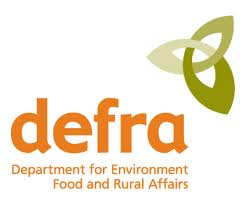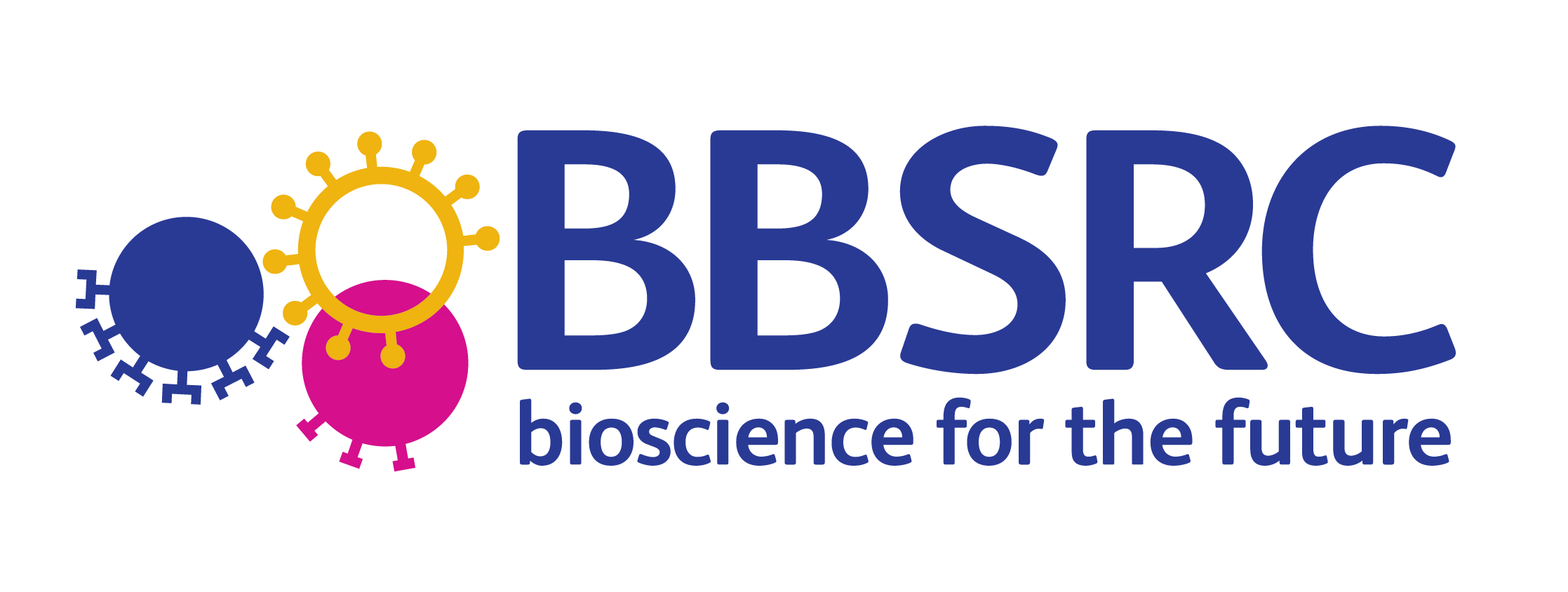Welcome to the ENHanCEd Infectious Diseases (EID2) database.
This evidence-based database annotates and integrates existing data on vectors, hosts and their pathogens.
The database enables users to obtain:
-
Organisms : A hierarchy of organisms and their parents. Spatial and temporal distributions of organisms and their interactions.
-
Categories : Project specific categories. Statements, such as organisms, can be attached to categories.
-
Organism Interactions : We distinguish between carrier and cargo organisms.
Carriers correspond to vectors or hosts whereas cargos correspond to potential pathogen, parasite, commensal etc.
This page shows the interactions between carriers and cargos plus potential evidence
from the nucleotide database
and/or pubmed.
Please note that organism can interact with each other indirectly/recursively via their children.
To obtain this information please navigate to a particular organism.
-
Locations Interactions: Direct links between organisms and the geogrpahical location (at country, and first administrative division levels)
in which they may occur including potential evidence from the
nucleotide database and/or pubmed. Please note that organism can also be linked to countries indirectly/recursively via their children. To obtain this information navigate to a particular organism.
-
Organism Location Interactions :
Direct links between carriers and cargos and the geogrpahical location (at country, and first administrative division levels)
in which they may occur based on potential evidence from the
nucleotide database and/or pubmed.
If you have any inquries please contact the EID2 team by emailing eid2@liverpool.ac.uk.
A basic description of the EID2 can be found here, and also here.
Below are some of the publications using or mentioning the EID2:
2019:
Distinct spread of DNA and RNA viruses among mammals amid prominent role of domestic species (data).
Phylogenetic aggregation increases zoonotic potential of mammalian viruses (data).
Comparing methods for mapping global parasite diversity .
Disease mortality in domesticated animals is predicted by host evolutionary relationships.
Community-level respiration of prokaryotic microbes may rise with global warming (data).
Presence of Rickettsia aeschlimannii, ‘Candidatus Rickettsia barbariae’ and Coxiella burnetii in ticks from livestock in Northwestern Algeria.
Climate variation influences host specificity in avian malaria parasites.
2018:
Phenotype diffusion and one health: A proposed framework for investigating the plurality of obesity epidemics across many species.
Gauging support for macroecological patterns in helminth parasites.
Pathogeography: leveraging the biogeography of human infectious diseases for global health management.
Dynamic Human Environmental Exposome Revealed by Longitudinal Personal Monitoring.
2017:
Systematic Assessment of the Climate Sensitivity of Important Human and Domestic Animals Pathogens in Europe (data).
The neglected geography of human pathogens and diseases.
2016:
Co-occurrence of viruses and mosquitoes at the vectors’ optimal climate range: An underestimated risk to temperate regions? (data).
Animals in the Zika Virus Life Cycle: What to Expect from Megadiverse Latin American Countries.
How humans drive speciation as well as extinction.
2015 and older:
Database of host-pathogen and related species interactions, and their global distribution.
Using open-access taxonomic and spatial information to create a comprehensive database for the study of Mammalian and avian livestock and pet infections (data).
Impact of climate change on human and animal health.
Domesticated animals and human infectious diseases of zoonotic origins: domestication time matters (data).
Comparison of the h-Index Scores Among Pathogens Identified as Emerging Hazards in North America (data).
Application of next-generation sequencing technologies in virology.
Drivers for emerging issues in animal and plant health
You can register for updates and personalised queries here.
Do not attempt to perform automated extraction (scrape) of large volumes of data, as this impacts the performance for other users and leads to timeout errors. If you wish to extract large volumes of data, please contact the EID2 team by emailing eid2@liv.ac.uk








